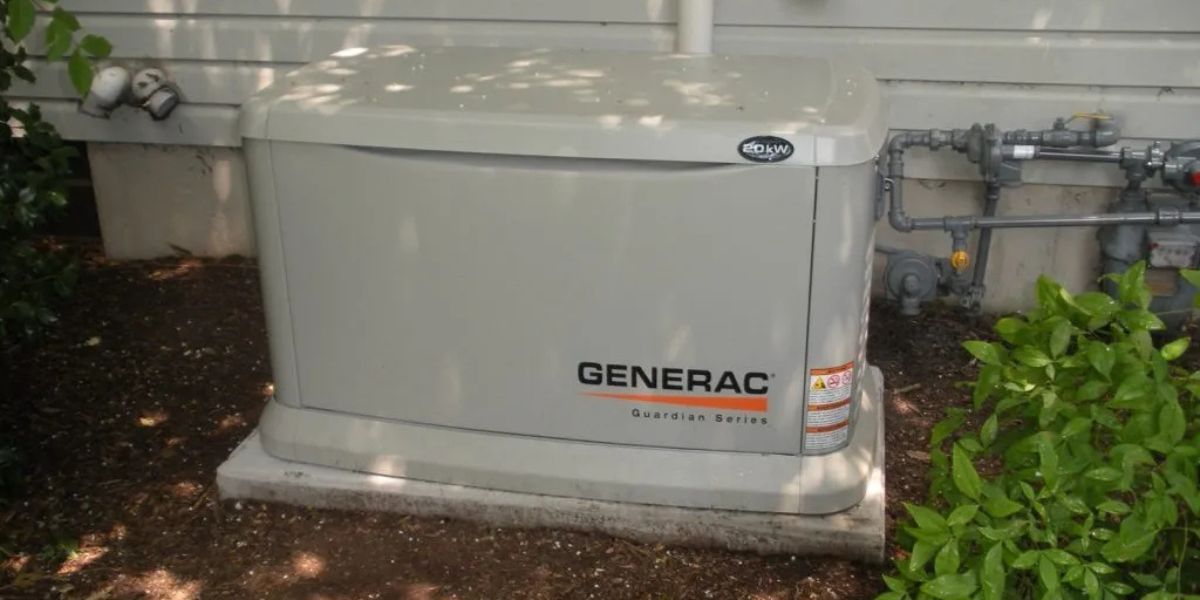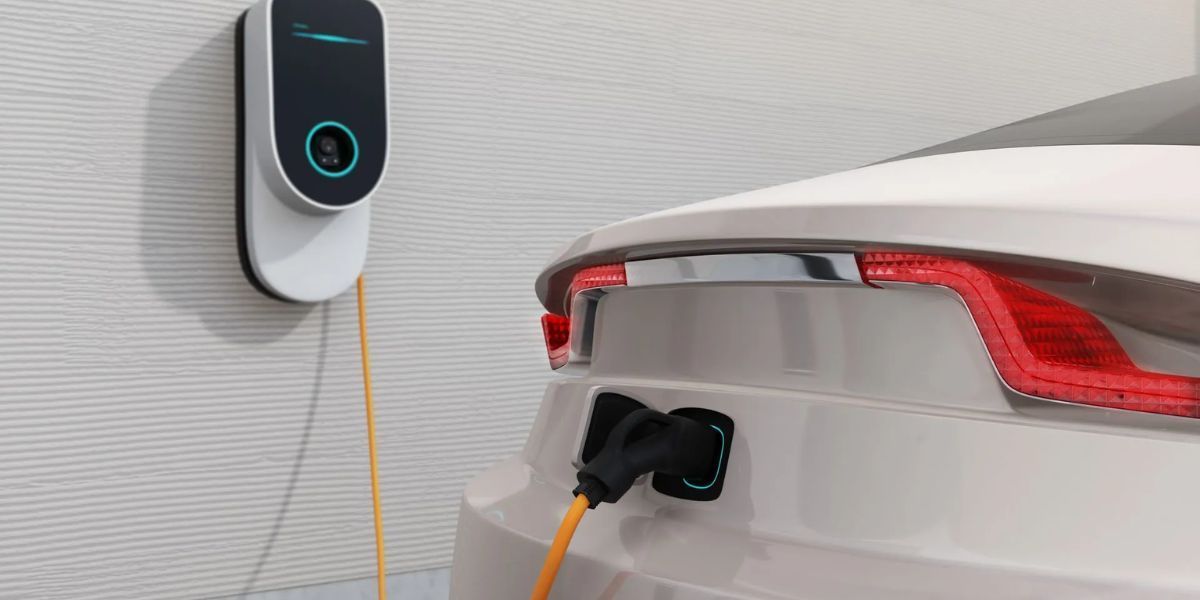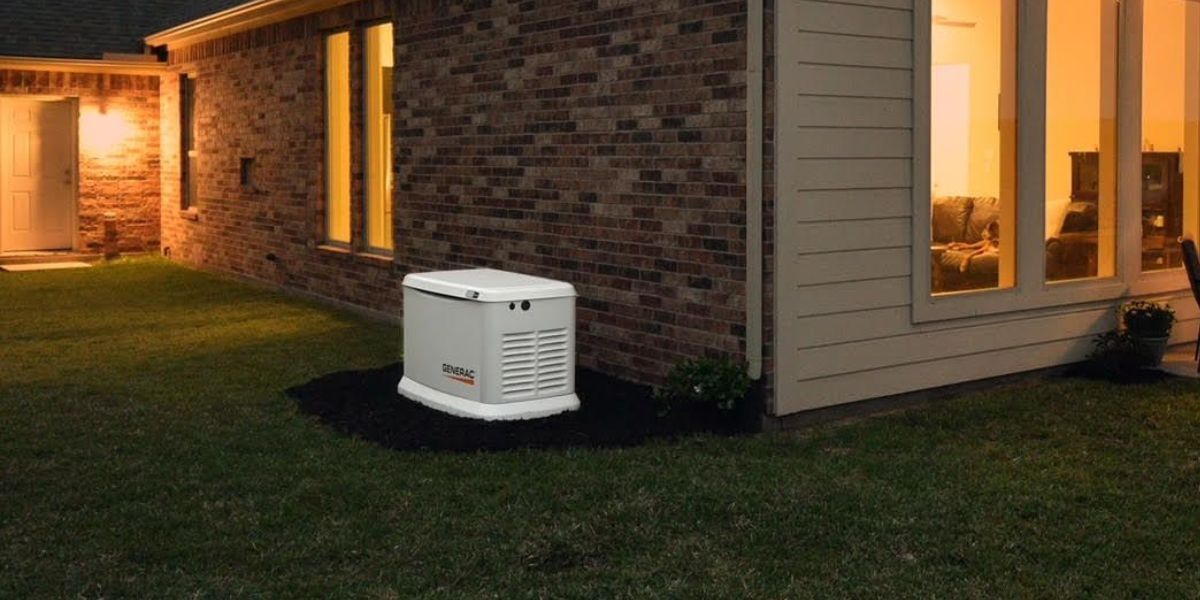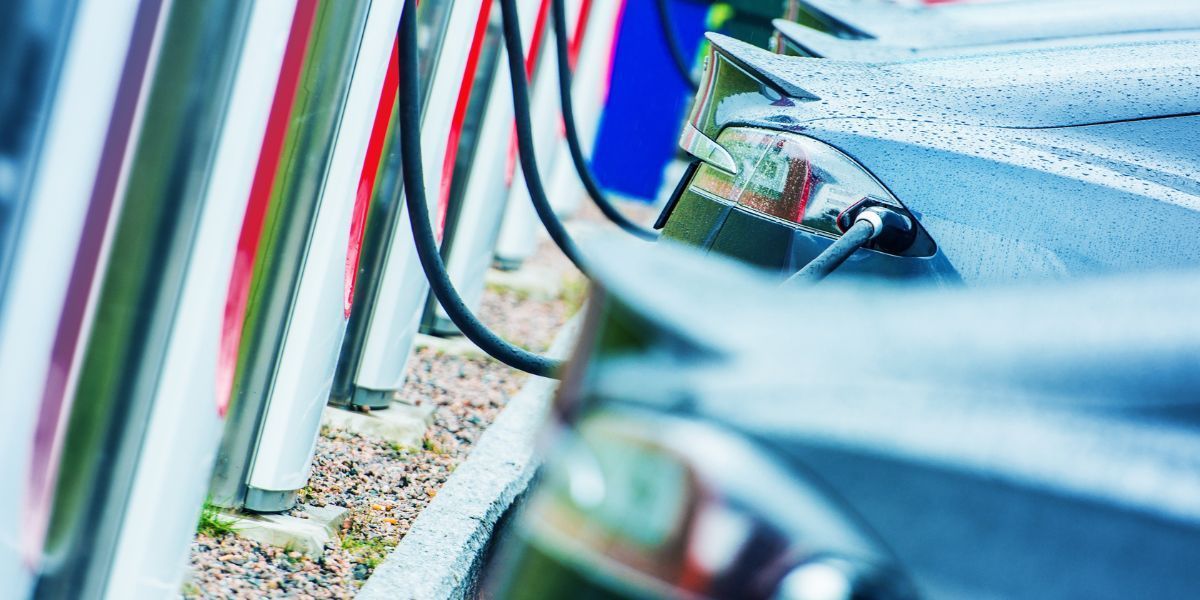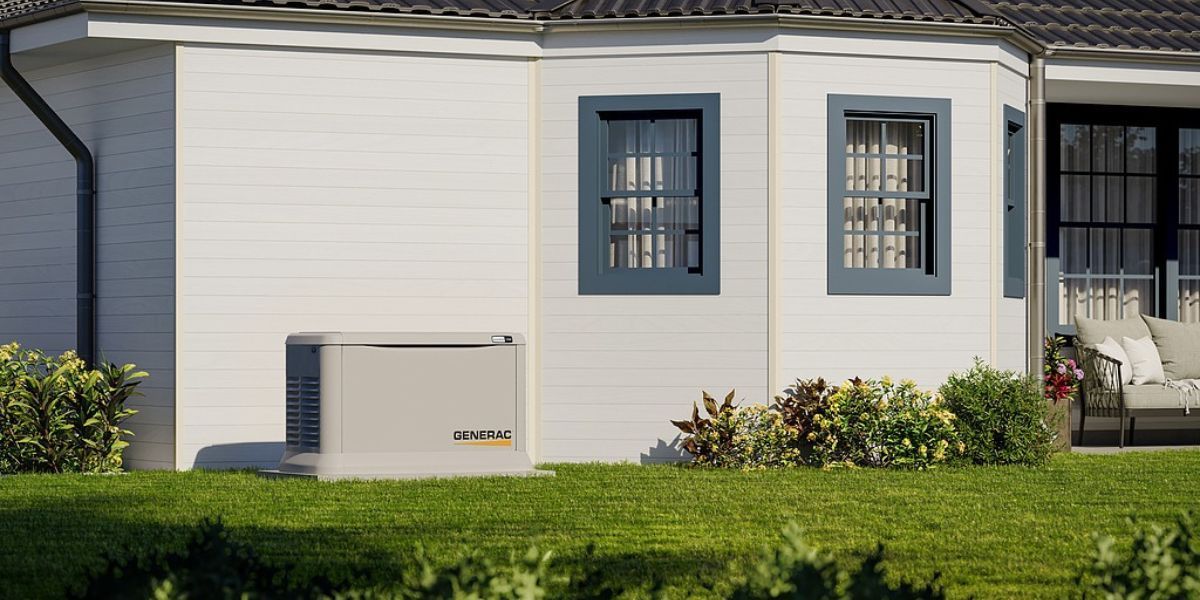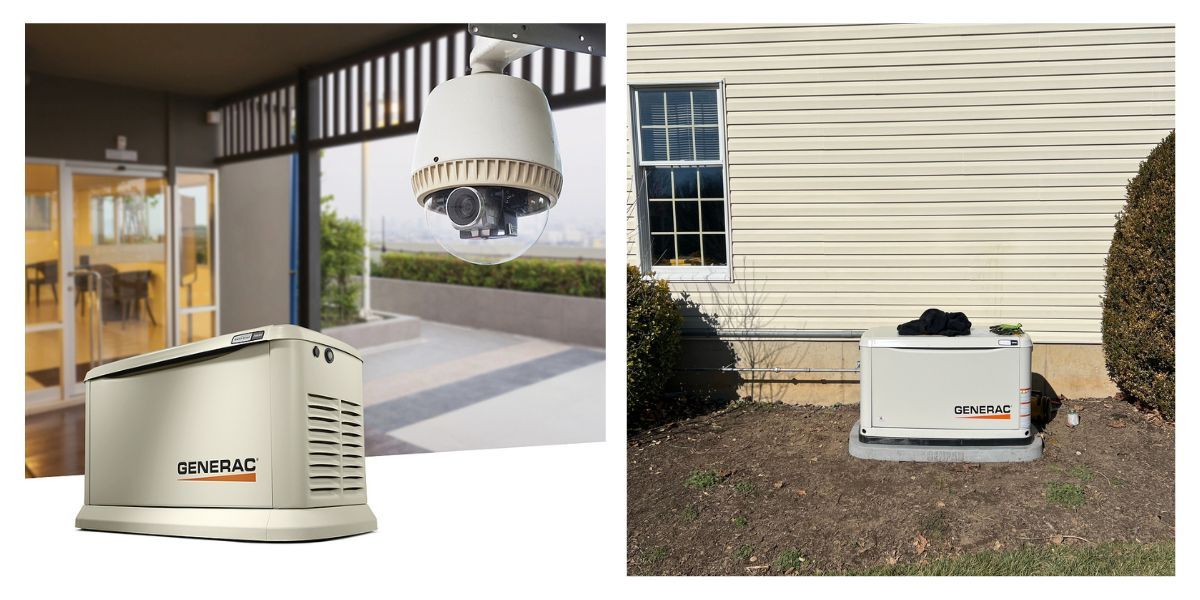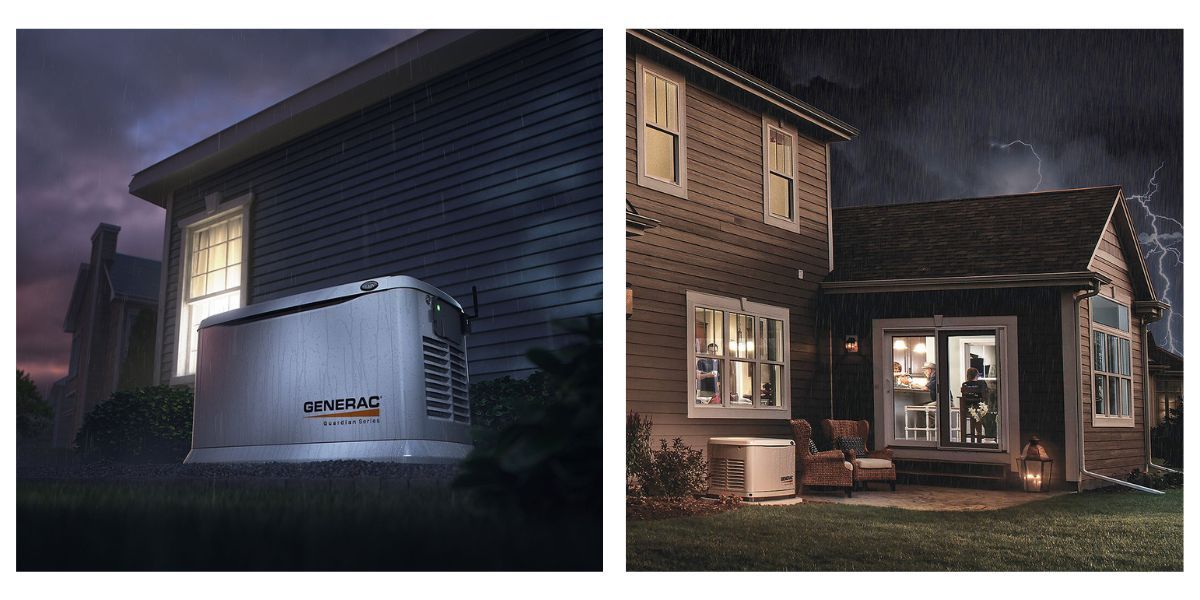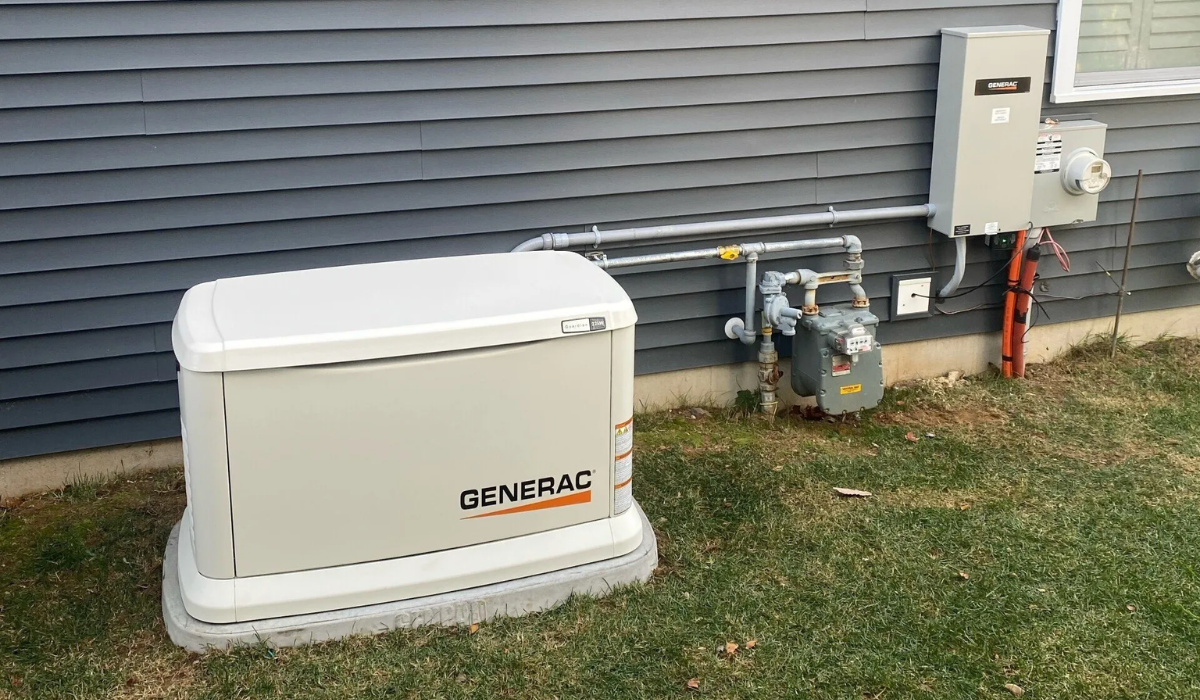LED Lighting VS Fluorescent Lighting
July 7, 2023
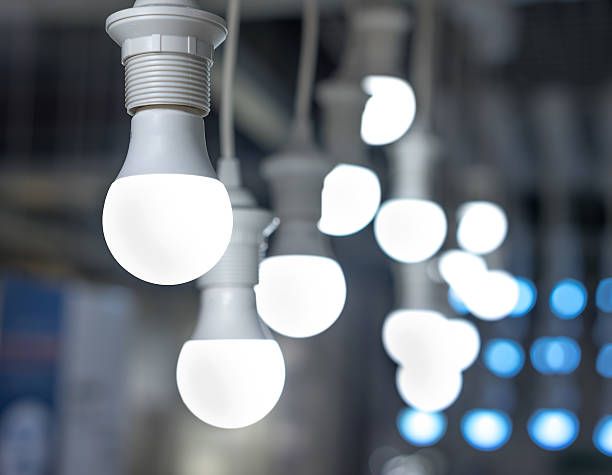
LED vs. Fluorescent Lighting: Choosing the Best Option for Efficiency & Longevity
LED lighting and fluorescent lighting are two popular choices for energy-efficient lighting solutions. While both have their advantages, they differ in terms of efficiency, lifespan, and performance. Understanding these differences can help you make the best choice for your needs. If you're looking for expert guidance, a commercial lighting service contractor
can help you select and install the right lighting solution for your business. Here's a comparison of LED lighting and fluorescent lighting:
Energy Efficiency
LED lighting is highly energy-efficient and consumes significantly less electricity compared to fluorescent lighting. LEDs convert more energy into light rather than heat, resulting in lower energy bills.
Lifespan
LEDs have a much longer lifespan than fluorescent lights. On average, LED bulbs can last up to 50,000 to 100,000 hours, while fluorescent lights typically last around 10,000 to 15,000 hours. This longer lifespan reduces the frequency of replacements and maintenance costs.
Light Quality
LED lighting provides better light quality compared to fluorescent lights. LEDs emit directional light, which can be focused in specific directions, resulting in better illumination and reduced light loss. LEDs also offer a wider range of color temperatures, allowing for more flexibility in creating different lighting atmospheres.
Instantaneous Lighting
LEDs provide instant illumination when turned on, while fluorescent lights can take a few seconds to warm up and reach their full brightness.
Environmental Impact
LED lighting is considered more environmentally friendly than fluorescent lighting. LEDs do not contain mercury, unlike fluorescent lights, which require proper disposal due to their mercury content. LED lights are also more recyclable and produce fewer greenhouse gas emissions during their lifespan.
Size and Design
LEDs are compact and can be made into smaller, more flexible designs compared to fluorescent lights. This makes LEDs suitable for various applications, including decorative lighting, task lighting, and architectural lighting.
Cost
LED lighting initially comes with a higher upfront cost compared to fluorescent lighting, but its price has been steadily decreasing over time. With a longer lifespan, superior energy efficiency, and lower maintenance costs, LEDs often lead to significant savings in the long run. While fluorescent lighting remains beneficial for certain applications, such as large-scale commercial installations or budget-sensitive projects, ongoing advancements and cost reductions have made LED lighting the preferred choice for most residential, commercial, and industrial needs. If you’re looking for expert guidance and installation, a commercial lighting service contractor
can help you choose the most cost-effective and energy-efficient lighting solutions for your space.

